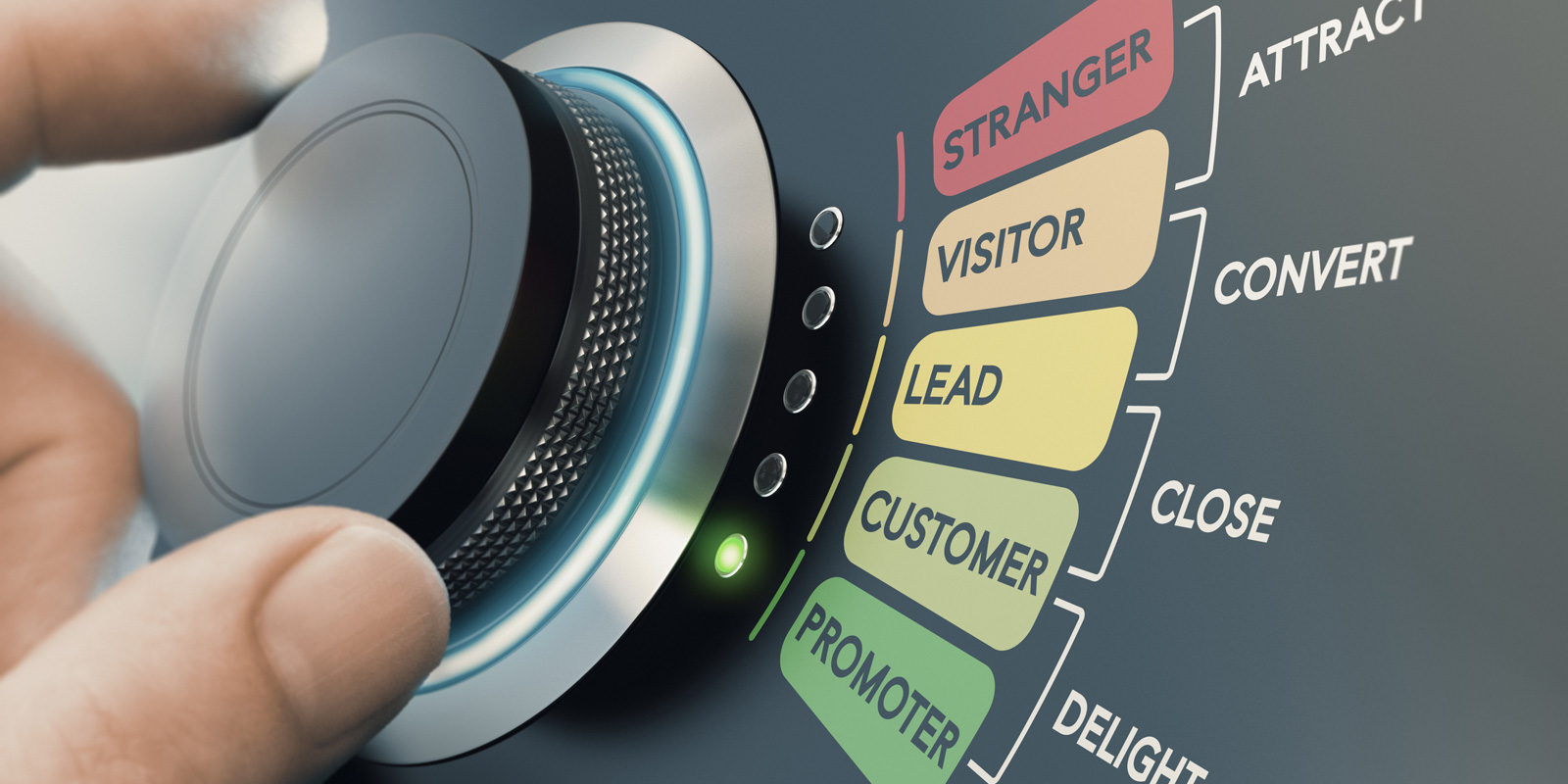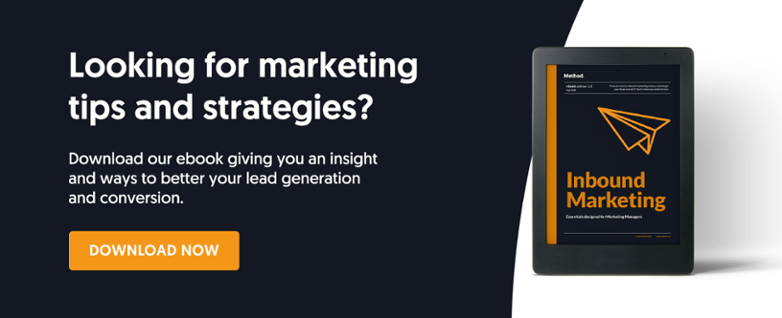Nowadays, the majority of trend-keeping SME businesses use the inbound marketing methodology as often as we breathe oxygen. Despite the marketing big bosses competing to try and find the newest and best ways to grow their company using out-of-the-box marketing techniques, it all boils down to one thing: making your customer feel happy.
You can’t beat good old-fashioned empathy, and inbound marketing has become the trusty common denominator for outreach strategies. It’s a reliable methodology whose existence is so omnipresent and frequent, you probably don’t even notice it taking place anymore.
Inbound marketing seeks to satisfy real, genuine problems that your customers have. It's the outcome of numerous consumer behaviour studies, but it’s also just common sense. You don’t have to be a clinical psychologist to know that the instant gratification of needs equals positive emotion and therefore, satisfaction. When we buy into a solution that addresses a real problem we have, we feel good. It’s human nature. So logically, offering solution-based ideals within your content and building good relationships with your customers will result in returning sales.
While inbound marketing is rooted in empathy - it’s also tactical. It knows what your customer requires and generates valuable content which your customer will find helpful and useful, in a format they'll be more exposed to (optimising the circumstances of the content as much as possible).
At Method, we’re always banging on about how great inbound marketing is for company growth. But what is it exactly? Let’s dissect the chronological components of this popular marketing methodology wheel and explain how each stage can be easily utilized to achieve some impressive levels of company growth.
The gist
Basically, inbound marketing recognises that its audiences require specific tailored marketing techniques which adhere to their actual wants and needs. It's a wholly content-driven marketing strategy which consists of creativity, innovation, organisation, and tactic. Content is innovatively designed with the audience in mind (to an individual tee) so that their real-life problems can be solved with real-life solutions.
Inbound marketing has a remarkable ROI, and it’s especially good for small-medium businesses who are established enough to implement smart marketing systems, and advanced enough to pay valuable attention to individual customers. Building deeper relationships with your prospects and customers means returning custom, better brand reputation and large-scale growth.
Stage 1: Attract
Essentially, the ‘attract’ phase of inbound marketing is ‘putting the feelers out.’ It’s all about gaining attention by really advertising the solutions that your products or services can offer. Successful content marketing sells a solution rather than selling the product or service directly.
It simply requires smart content creation and formatting techniques, although it’s important to know which type of content will best attract your audience and which platforms of publication will gain optimal attraction. Content-driven marketing is generated through outbound techniques, such as blog articles, social media posts, and content offers. In fact, the very blog you’re reading right now is a form of content marketing.
Reliable content is creative and thoughtful, providing real-life solutions to your customer’s problems. This doesn’t necessarily sell your products or services explicitly, but rather, raises awareness about your brand in an engaging, head-turning manner. Content marketing within this initial stage of inbound marketing takes SEO into account too. Particularly during the attraction stage of inbound marketing, SEO is a handy tool which can accompany your content marketing strategy in order to increase the chances of exposure, whilst simultaneously prioritising your content in front of your competitors.
Stage 2: Engage
The ‘engage’ part of inbound marketing is all about creating customer-specific communication that will help solve their problems. This is done by offering genuinely helpful advice that will address your customer's needs to a tee. This means engaging with your customer attentively, in a way that truly speaks to them.
Think sales calls, emails, and lead follow-ups - and using engaging content that is genuinely helpful on an individual basis. By engaging with your customer, you are selling individual ideals rather than the product or service benefits generally.
Stage 3: Delight
Delight strategies are all about ensuring your customer is satisfied both during and after their purchase. Following up on your customers ensures that your customers continue to feel valued even after their purchase. This can really flick the switch between a one-time customer and a returning customer.
This can be done through using email marketing, social media communications, chatbots and real-life assistance. Social media platforms are particularly beneficial, offering an informal virtual chat environment in which follow-up queries and questions can be easily addressed. Your customer service team members are the real vehicles here, offering constant support and assistance even after your conversions have taken place.
Check out our free downloadable eBook
Every business is different, so no two marketing strategies are going to be carbon copies of one another. While understanding the concept and steps of inbound marketing is a great place to start, putting it into practice requires some calculation and creative application, to ensure the needs of the business are directly addressed.
Inbound marketing may be a simple concept to understand, with some easy-to-grasp steps; but if you really want to make it work for your business, then there's more to it than meets the eye. Take a look at our free downloadable eBook which contains a breadth of helpful and valuable information about inbound marketing, offering advisory tips and examples which are easily malleable to your specific business.




